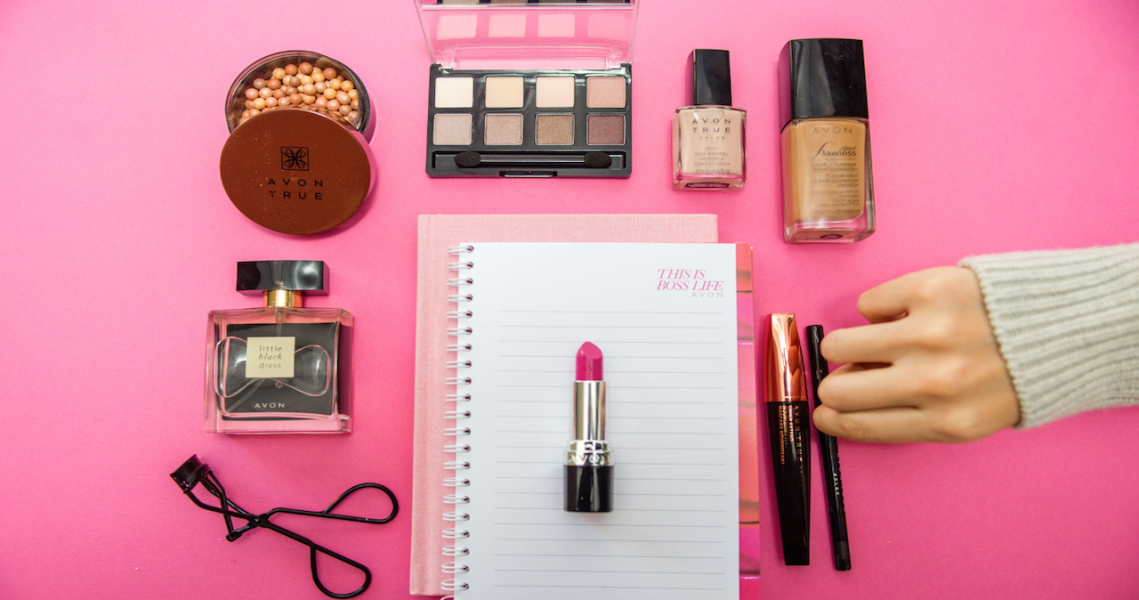This week, three heritage beauty players, Avon Products, Inc., L’Oréal Group and Procter & Gamble, presented their earnings.
All three companies are facing challenges that stem from broader changes in the market, including differing trends around grooming and consumers’ disinclination to purchase makeup. Avon saw sales per representative increase, but a drop in overall active representatives, while L’Oréal missed analyst expectations and P&G took a one-time $8 billion write-down on its Gillette business, which it bought in 2005. A breakdown, below:
Avon Products, Inc.
Avon Products Inc. reported earnings for the second quarter of 2019, ending in June, which saw sales down 13% year-over-year, to $1.17 billion. This was the first earnings call since Natura Cosméticos SA announced plans to acquire Avon in May.
What’s working:
– Avon has focused on “less discounting” and more “effective incentives” for sales representatives, which led to a 5% increase in individual sales, on average, said Jan Zijderveld, Avon CEO.
– Avon is also prioritizing high-price categories, like fragrance, skin care and product bundles. It reported focusing on faster development and launches around trends that have allowed the company to “leverage pricing power on new items,” to increase the sales figures of every representative’s transactions.
What’s not:
Ad position: web_incontent_pos1
– Despite the 5% increase in individual representatives’ sales, the number of active sales representatives declined by 10%.
L’Oréal Group
L’Oréal saw sales in the three months ending June 30 increase by 6.8% to $8 billion, however, this still fell short of analyst expectations of a 7.3% increase, said Eva Quiroga, Deutsche Bank analyst.
What’s working:
– The growth of e-commerce sales continues, at 35% on average across professional, mass, luxury and active cosmetics. L’Oréal brand websites see 2 billion visits “every year,” said Jean Paul Agon, L’Oréal Group CEO.
– L’Oréal has invested more in precision advertising, with 47% of L’Oréal Group’s media ad spend focused on digital channels and three-quarters of that spent on precision advertising. “We are now clearly a digital-first company, and our digital lead is staying [ahead],” Agon said. “But digital is not only about e-commerce.”
Ad position: web_incontent_pos2
– Travel retail, particularly in Asia and with skin care, is seeing sales growth of more than 21%. If its travel retail division were considered a country it would the company’s third-largest in sales, after China and the U.S., Agon said.
What’s not working:
– The U.S. market is slowing due to flat makeup sales, although L’Oréal did not provide specific figures. In the U.S., 40% of the company’s beauty market share is in makeup and makeup represents more than 50% of the company’s overall sales. “Obviously when we are in the cycle of weak makeup growth, this is definitely a headwind against us,” Agon said. “We lost also a little bit of market share globally, so we are definitely not happy with this performance.”
Procter & Gamble
While beauty sales were up 3%, to nearly $3.2 billion, for the fourth quarter of 2019. P&G took a one-time $8 billion write-down on Gillette, highlighting the continued uncertainty of the heritage grooming market due to upstart competitors and a general shift in consumer values.
What’s working:
– A focus on improved shaving performance, specifically with new products for sensitive skin, has already resulted in double-digit sales growth in several markets, according to David Taylor, P&G CEO.
– Beauty sales growth is being driven by both premium and mass skin-care brands like SK-II and Olay. Meanwhile, its hair-care category grew organic sales in the low-single digits.
– Attempts to “rejuvenate” the brands of both Gillette and its women’s shaving brand Venus through new campaigns has been met with an 80% positive response from millennials and an increased likelihood to purchase, Taylor said.
What’s not working:
– The number of ads was found to be too frequent and the reach too low, Taylor said. P&G is now hoping to improve the “overall effectiveness” of its media program to balance both its traditional and digital media ad spend.




